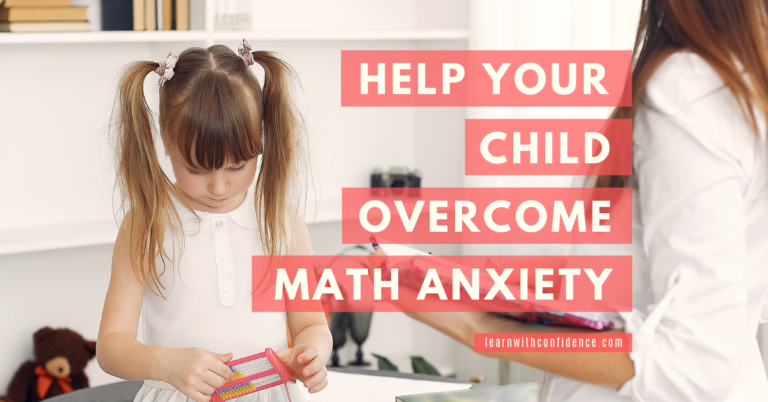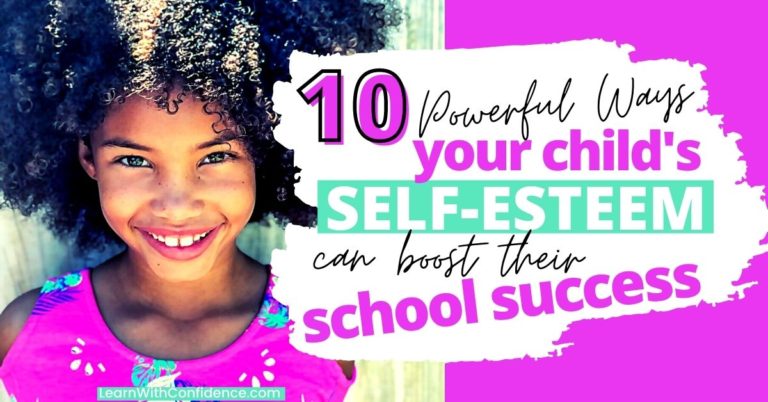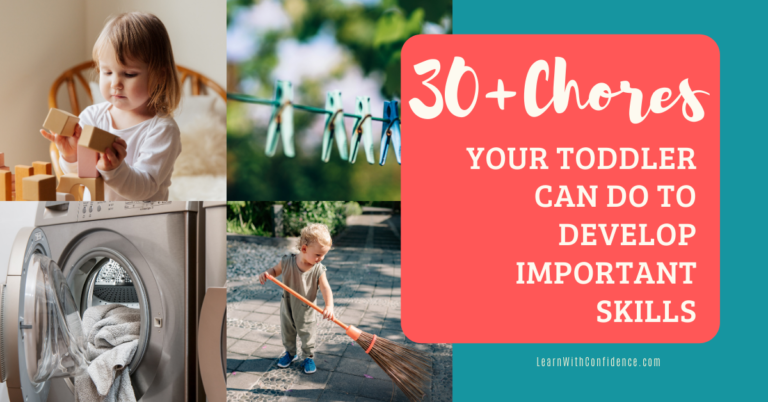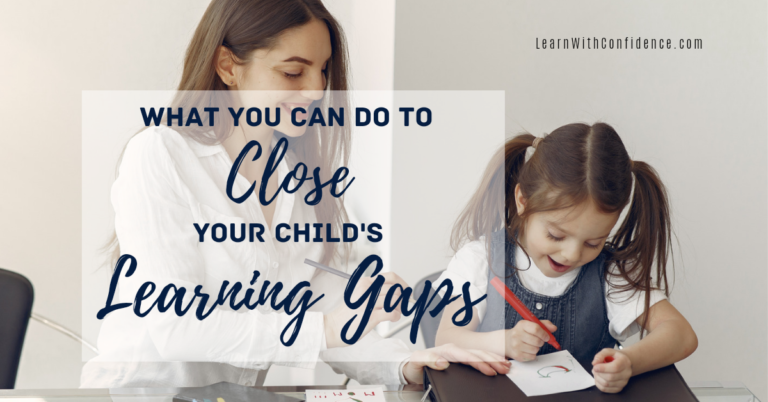How to help your child manage their big emotions, meltdowns and temper tantrums
Helping your child to manage your child’s big emotions, meltdowns and temper tantrums might be super tough – but it’s one of the best things you can do to help them! Your child is expressing big emotions. Knowing what triggers these feelings in your child and understanding how they affect their brain can help you choose the best way to help your child manage those emotions.
We just experienced an almighty meltdown. Again.
If you have a toddler you’ve experienced a temper tantrum or meltdown before. It may have been mild or completely over the top, but you’ve been there.
Something triggered it. And if you consider that trigger on its own, it’s probably the most ridiculous thing for your child to be fussing about. There’s crying and screaming and maybe even at its worst kicking, biting, punching, scratching, throwing things. Maybe you have an older child. They can have meltdowns and temper tantrums too though they may look a little different.
And oh how these meltdowns trigger us as parents! It’ll take everything within you to not give in to your own big emotions while you’re trying to help your child manage theirs!
Knowing those triggers that set them off is gold when it comes to understanding your child’s big emotions. And they put us at a great starting point for helping our children manage those feelings when they’re SO out of control!
Why do children have meltdowns and temper tantrums?
Here’s the thing, having “big emotions” is just part of the human experience. We all experience them. We feel overwhelmed and furious, frustrated and sad, angry and anxious, afraid and devastated. People, circumstances and experiences all trigger those emotions in us.
The difference between you and your toddler is that your toddler has not yet learned how to take control of their emotions and choose to react in a socially acceptable way. They lash out because those feelings inside them just seem to “take over” and they have no other way to express themselves.
There are so many things that may trigger a meltdown or temper tantrum, but these feelings are made so much worse if your child doesn’t yet have the vocabulary to express what they’re feeling and tell you exactly what set them off. For toddler’s this is an issue of development – they just haven’t learnt enough words and can’t speak them yet. For older children, often they haven’t learnt how to talk about their emotions or how to name them and they don’t feel they have the space to get those words out. This is why developing our child’s social and emotional skills is so important.
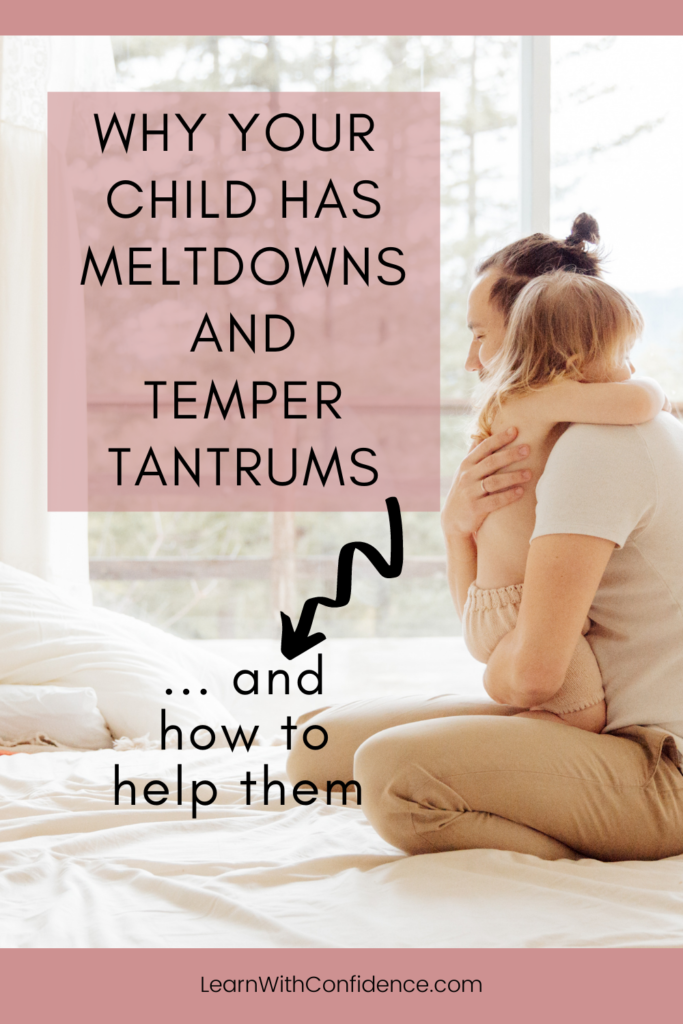
Meltdowns and temper tantrums are just an expression of big emotions
It’s really useful to think about temper tantrums and meltdowns as an expression of “big emotions”. When we think of it that way, we can be a little more empathetic. They’re not trying to be naughty or manipulative. Your child is not bad, they just have big emotions they don’t yet know how to handle. And that helps us to have a heart to help them rather than react to them.
What’s going on in my child’s brain when they have big emotions?
Ever tried to reason with or have a conversation with a toddler or child when they’re having a meltdown or temper tantrum? Have you tried to ask them why they did what they did? Or maybe you tell them to “just calm down”.
You’ll know it ain’t happening!
There’s a good reason for that. Simply put – they actually just can’t. They just can’t do any of that.
Here’s why.
When your child is triggered by something, their brain kicks into fight/flight mode (mostly fight mode, right!?). This mode is managed by the hypothalamus in the back of your child’s brain. This means that their brain prepares their body to fight or flee, to do whatever it takes to survive.
And because all of your child’s “brain energy” is focused in that area, their brain cannot “access” the front part of their brain (prefrontal and frontal cortex) used for logical thinking, reasoning, planning, problem solving and analyzing. The very things you are asking your child to do when you try to reason with them.
Why is my child’s brain being triggered?
Our brain kicks into fight or flight mode when it feels threatened or like there is danger. And we’re talking about perceived threat as much as real threat.
Often your child won’t even be able to identify why they were feeling threatened or like a situation or experience was dangerous. It’s not something they’re consciously aware of. (The part of the brain used for that kind of reflection and metacognition is only going to develop and mature much later too!)
This makes it really hard for you as a parent. And it means we have to be switched on and aware of those things that can trigger this kind of brain reaction.
(Struggling with bedtime meltdowns? Here’s how to plan a strategy for overcoming those meltdowns for a fight-free bedtime!)
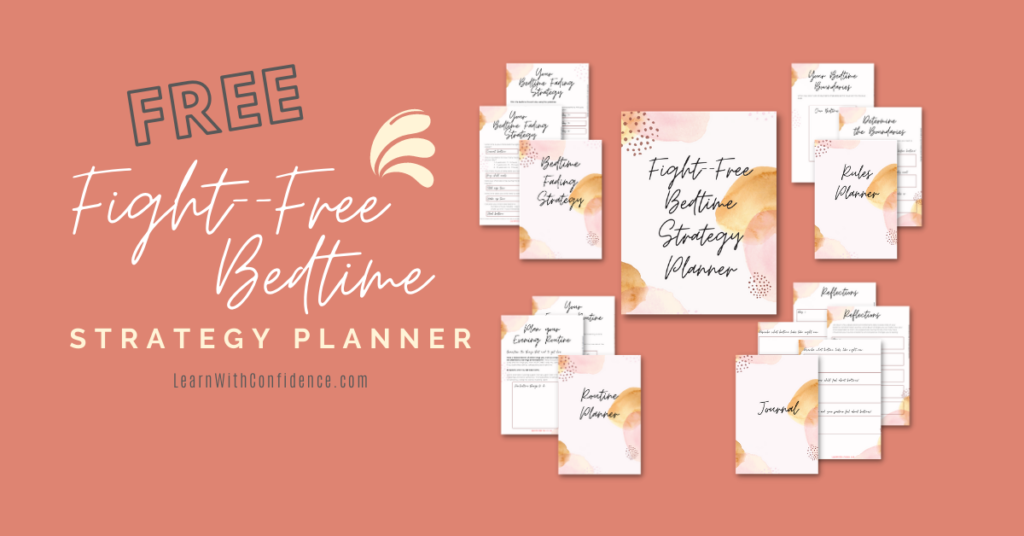
What triggers your child’s meltdowns and temper tantrums?
If you can identify what triggers your child, you can take action before things get out of control.
Every child is different. And from my experience, triggers depend greatly on things like personality, age and level of verbal communication. One child can be triggered by something another child coped perfectly with. So you need to know what affects each child individually.
And here’s the good news – you know your kids best! So, even if you feel like this is a difficult task – you are the best one to do it!
Examples of things that trigger meltdowns and temper tantrums
Here are some examples of things that trigger meltdowns and temper tantrums:
- Being hungry or thirsty
- Being tired
- Loud noises
- Bright light
- Over-stimulation
- Too many people
- Frustration when something they’re trying to do doesn’t work
- Unexpected or sudden changes
- Being ignored (or at least if they feel they’re being ignored)
- Being told “No” (“No” is a super-triggering word because it takes autonomy and control away from your child and you can see why that might affect them so strongly.)
- Something is taken away from them
- Something harsh or nasty is said to them
Control the triggers to prevent meltdowns and temper tantrums
Some of these triggers are things you can control, others you can’t. But where you can, taking these actions will really help to prevent your child’s brain from getting into that fight/flight mode and that means you can prevent a meltdown or temper tantrum.
Eliminate the trigger
If you know loud noises are going to trigger your child, don’t take them to a place you know is going to have loud noise. If you know you’ll be out around snack time, don’t let your child get hungry, make sure you pack a snack.
Distract them from it
If your child is not too far down the “trigger road”, distractions can really help to “reset” their brain. “You must be feeling really thirsty – can you help me get a cup of water?” “Wow, did you see that cool flower – look how colorful it is. What color is this.”
Prepare them for it
When they’re in a place of calm and being able to reason, you can prepare them ahead of time for what to expect, and you can talk about how they can let you know when it all gets too much, and what plan you have in place for that.
Manage it
If they do experience the trigger, you can help your child cope through the situation. You’ll read about some guidelines below.
Remove the trigger
When it all becomes too much, it’s time to step in and take action for the sake of your child. You can see things are going south – it’s time to leave and go home. You can see your child is getting frustrated with their zipper, turn their attention to something else before they lose it.

What can I do to help my child manage their big emotions
So what if all that doesn’t work, or you just didn’t catch it in time, or your child descended into meltdown-mode before you could even take a breath to say something. Your role is to co-regulate with your child to help them manage their big emotions.
Co-regulation is about coming alongside and “holding the space” for them to experience and express their feelings. A safe space. Containing them and all they’re feeling. You are carrying their feelings and the expression thereof, with them.
Do you feel equipped to help your child manage their big emotions?
Let me first just say – co-regulation is not easy! It takes a whack-load of empathy and patience and control on our part as parents.
But, let me also say this:
You are the person your child really needs in these moments.
You love your child. Unconditionally. And here’s one of the most powerful ways to show it. Because in those meltdowns and temper tantrums your child is not a very lovable child. In fact, there may be times when you feel quite differently about them.
But you are still the best person for this task, because at the end of the day, your child knows that no matter what, they have your love!
4 ways you can help your child manage their big emotions.
These are 4 things that will help when your child is having a meltdown or temper tantrum.
Be in control of your own emotions
Your toddler’s meltdown or temper tantrum will trigger your emotions too. After all – it doesn’t feel safe when someone is screaming or hitting or throwing a chair across the room. And that’s not even considering the sense that all your authority has been snatched from you or that you’re being SO disrespected right now!
And just like their brain, your brain wants to go into fight or flight mode too. You can imagine that this will not end well if you do! Perhaps you already experience this daily. It ain’t pretty.
“A dysregulated adult will never regulate a dysregulated child.”
So how do you take control of your own big emotions?
Feel them. Acknowledge them. Then take control. Maybe you need to take a few deep breaths, drink a glass of water (yes, I know you’d probably prefer something a little stronger, but water would be best.) Maybe you need to take a walk to a different room for a moment just to get it together.
Shouting at your child, “disciplining” them, sending them to their room, locking them behind a closed door, asking them why they did what they did – NONE of that will help. In this moment, right now, they need someone calm to balance out their chaos.
Co-regulate to calm your child
Remember that your child’s brain cannot function optimally until they are out of that fight or flight mode. So they have to calm down. You probably know by now though, that telling them this is completely useless, so here’s how you can help them get there. And this process is a way to model for them and coach them through the process of calming down.
- Make sure they are safe and others are safe too. Make sure they’re not going to pull something heavy onto themselves, or fall onto a hard floor or throw something heavy or breakable.
- Naming the feeling is really important. “It seems like you’re feeling really mad right now.” “I can imagine that that situation would have made your feel very frustrated.” Even if your child isn’t talking properly yet and doesn’t know what “frustrated” is, you are teaching them the vocabulary they’ll need to express themselves later. Naming the feeling is a great way to force their brain to use the “front of their brain” and start moving out of the “back of their brain.”
- Acknowledge that big feelings are normal and ok. “It’s ok that you’re feeling that right now.” “I can completely understand why you might be feeling that way right now.” Big feelings are ok. Hurting other people, throwing things – big reactions – are not ok. But there’ll be time to talk about that when your child is calm.
- Reassure them that you’re there and that you can help them. “I’m right here when you need me.” Give them space. Don’t try and hold them if they’re not ready for it. Don’t make them look you in the eyes – that can feel very threatening and exacerbate that fight or flight response. If they want you to leave them alone, back off but stay nearby. “I’m going to the kitchen to get a cup of water, just tell me when you need me.” (My second kiddo often reaches out immediately – she’d rather have me there actually even though she said I must go away.)
- Watch for the turn in the meltdown or temper tantrum. They take a breath and seem to actually see you in front of them. They accept your offer for a drink of water or a snack. If you ask them to take a deep breath, they do it. You’re almost there, your child is almost calm again.
- Be present and available when the meltdown or temper tantrum has finally passed. Your child will be exhausted (you will probably be as well!) and will likely really just need a mommy-cuddle.
When it’s time to “use your words”.
The phrase “use your words” is completely useless to a child who is mid-meltdown. You know, neurologically, they actually cannot use their words. But once they’re calm again, and the front “thinking” part of their brain is reactivated. It’s time to have that conversation.
Now, in a non-threatening way, you can ask them about where those big feelings might have come from. “Can you tell me what happened to start you feeling so mad?” “Were you feeling a bit tired from school and then your sister took that toy from you?”
Listen carefully and tie their emotions to their experience. “When we feel tired, it’s a lot easier to get mad, right?” “Your sister took that toy from you, I can see how that would make you feel angry.” “I can see you felt frustrated when the zipper wouldn’t work the way you wanted it to.”
Once they can start talking about their experience and their feelings around it, you can start planning strategies of how to cope better in the future.
Making plans together to manage these big emotions in the future
Doing this might be tough for younger kids – they’re still developing their ability to plan and follow through on plans. For older children, it’s a bit easier to come up with strategies together. However, if we want our children to do this well – it’s a skill we have to teach and coach them through.
So, what will you child do next time they feel triggered? What’s the plan?
- Are there words they can say to express their needs in that situation? “Don’t do that to me – it makes me mad!” “I can’t make this zipper work, I need help.”
- Should they come to you for help? Or another trusted adult – a teacher, grandparent. Do they know who they can go to to help them?
- Can they get out of the triggering situation? Do they know how to do that? “If I’m mad in class, I’m going to ask to leave for a break.” (Plan these kinds of “escapes” with your child’s teachers so they don’t trigger things more.)
There are other things you can teach your child and practice with them like deep breathing, taking a walk, swinging outside on the swing set, jumping on the trampoline, that will help them to regulate those feelings before they get out of control.
Connect with me
Got a question? Found some of these strategies to be helpful and something you feel you can incorporate into your family? Drop a comment to let me know!
Feel free to reach out in the comments or grab one of my free resources and reply to any email to connect. It’s my mission to equip and empower you to help your child succeed – you are, after all, the best person for that job, because you are the expert on your child.
Save and Share this Post
Pin this image to your favorite Parenting board on Pinterest and share it with your momma friends who need some encouragement through the meltdown-maze!


I would love to connect with you and include you in this community of Mommies as we support each other and grow together to become the best moms we can be!
Get on my emailing list here and I’ll make sure I keep you in the loop on all the latest blog posts, freebies and resources!

